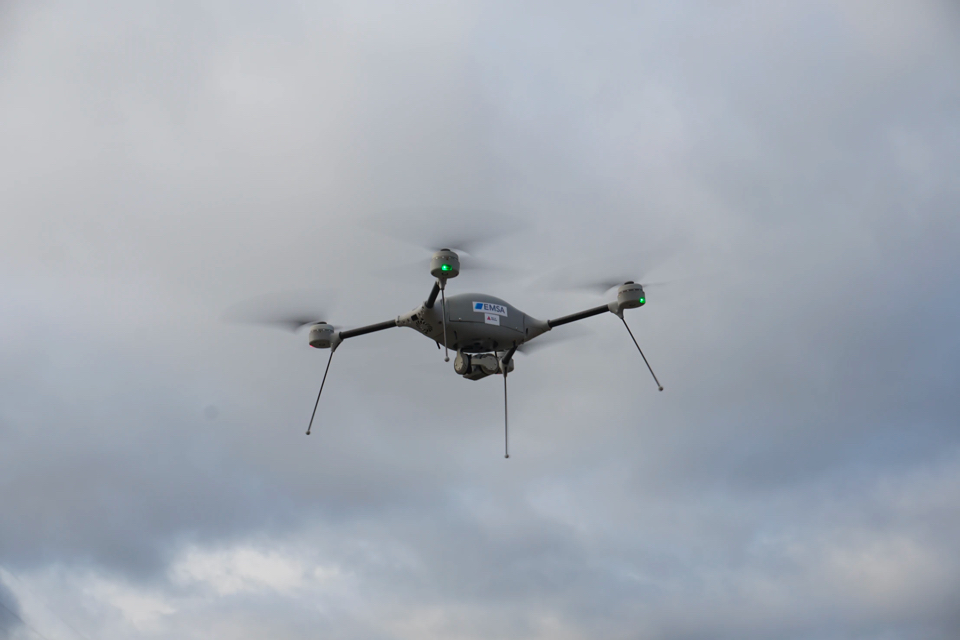Drones will be used to support enforcement and control in the Antwerp port area. To this end, Port of Antwerp and the European Maritime Safety Agency (EMSA) have joined forces. Eventually, the drones will also be able to spot oils spills using algorithms currently being developed.
The port of Antwerp covers more than 120 km² and contains sensitive industrial infrastructure. The use of drones can make a major contribution to overall safety in this complex environment as drones enable port authorities to manage, inspect and supervise a large area quickly and safely.
This is why Port of Antwerp, in collaboration with the FPS Mobility and Transport, has concluded an agreement with EMSA. The drone pilot will accompany Port Authority Officers during their enforcement tasks, and provide them with a bird’s-eye view of the situation on the ground. The images can also be accessed remotely, so they can be shared quickly with emergency services if necessary. Privacy is paramount here: the images are only used for monitoring purposes and are not stored.
Spotting oil spills
The drone will not only be used during regular checks, but also in the event of incidents in order to gain a quick insight into the situation. The imagery of oil incidents will also be used by the University of Antwerp to train algorithms to automatically detect oil incidents in the future.
According to Port of Antwerp, the use of drones will play an increasingly important role in the port of the future. As part of Port of Antwerp’s participation in the SAFIR project, extensive tests have already been carried out to investigate the feasibility of manned and unmanned drones at the port. The ultimate goal of these projects is a network of autonomous drones that can provide a “live feed” of the various port activities, in the context of a smart, safe and efficient port.
Paul Wauters, Harbour Master at Port of Antwerp: ‘This collaboration with EMSA allows us to use new technologies in our enforcement, in order to respond to incidents more quickly and to create a safer port for port users.’








